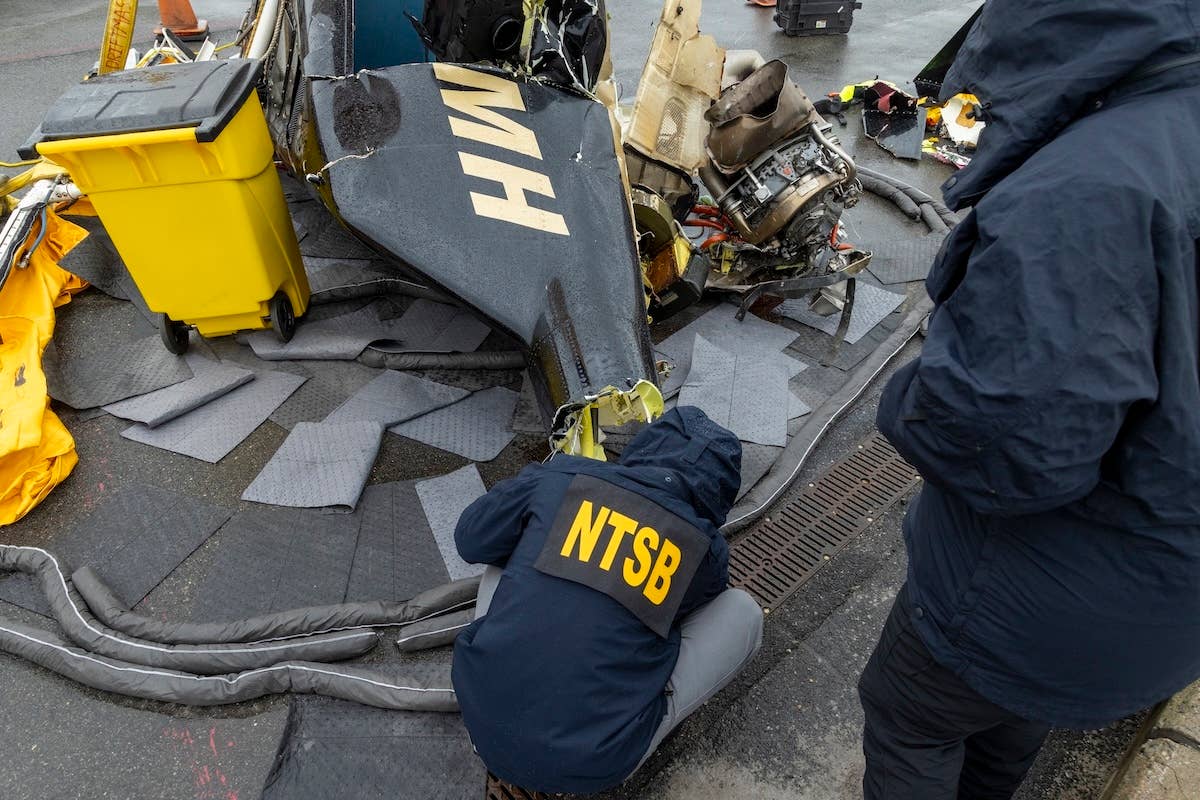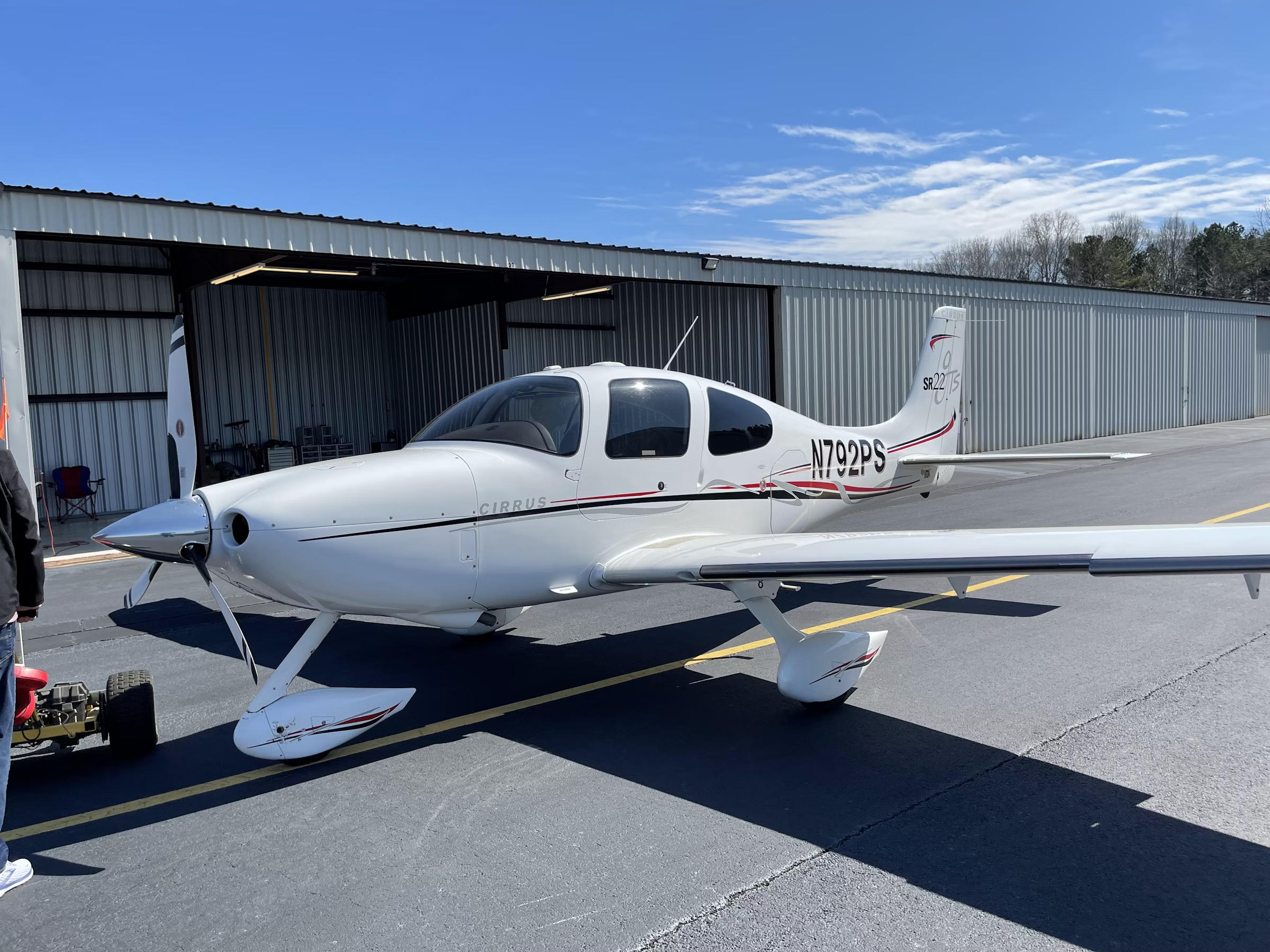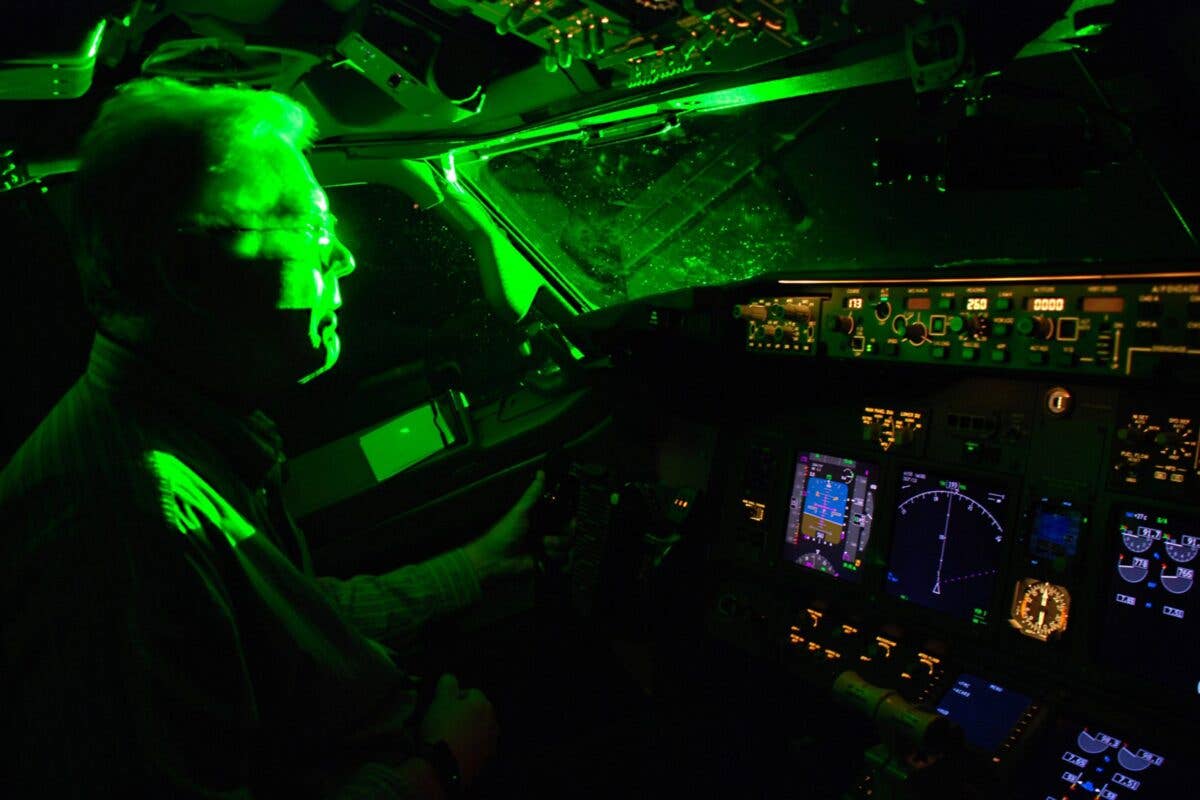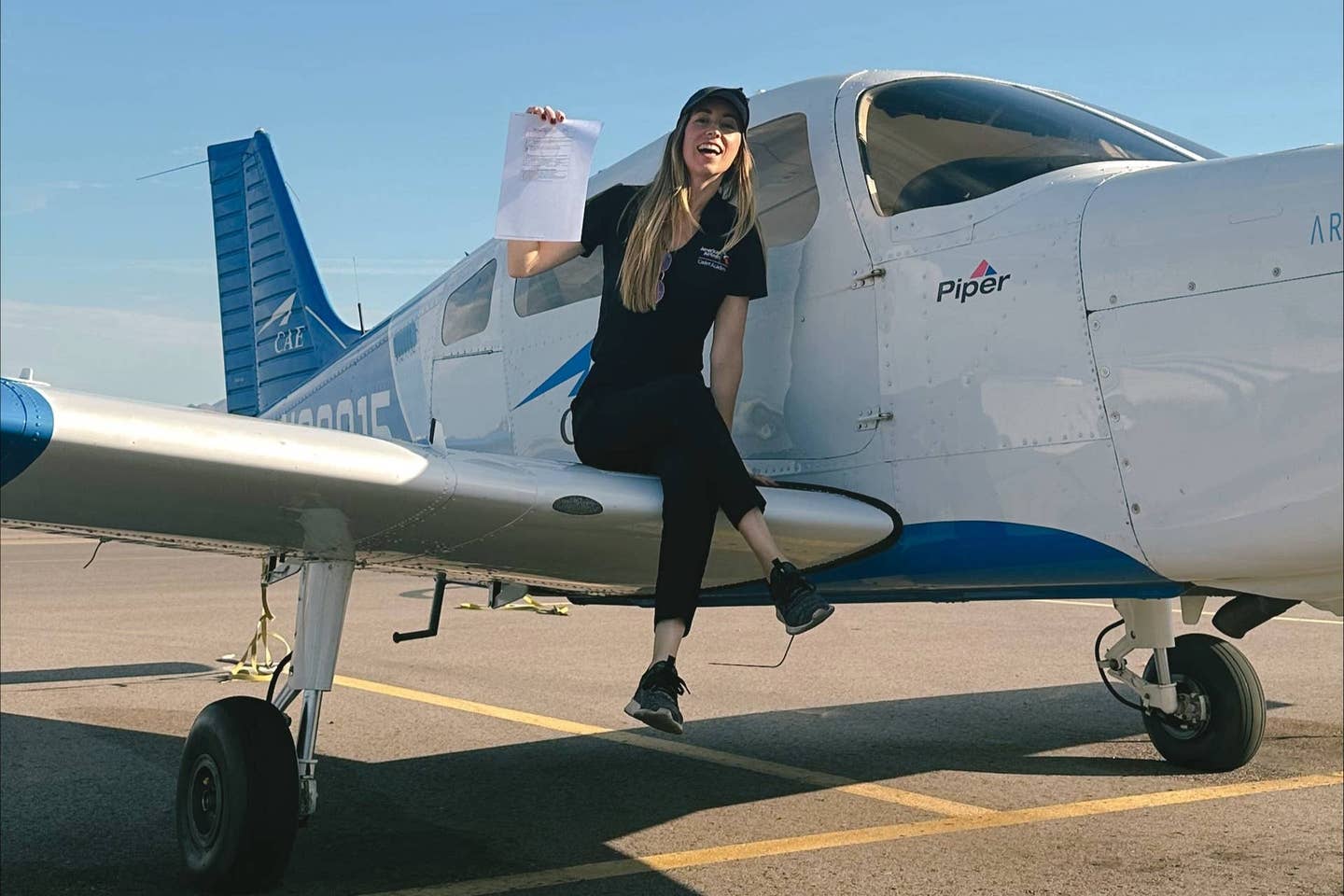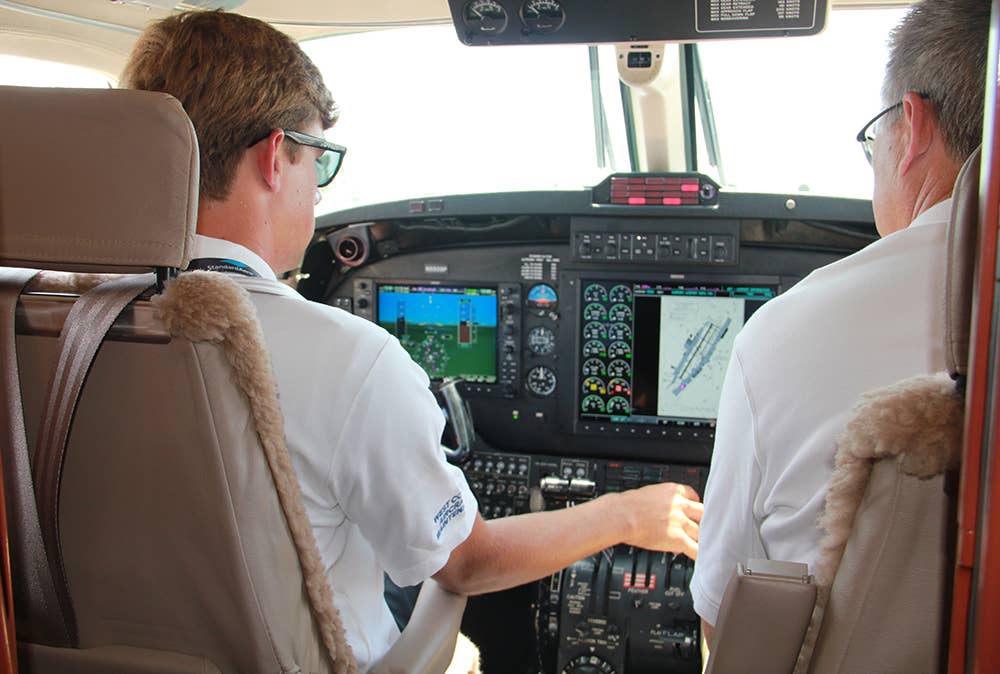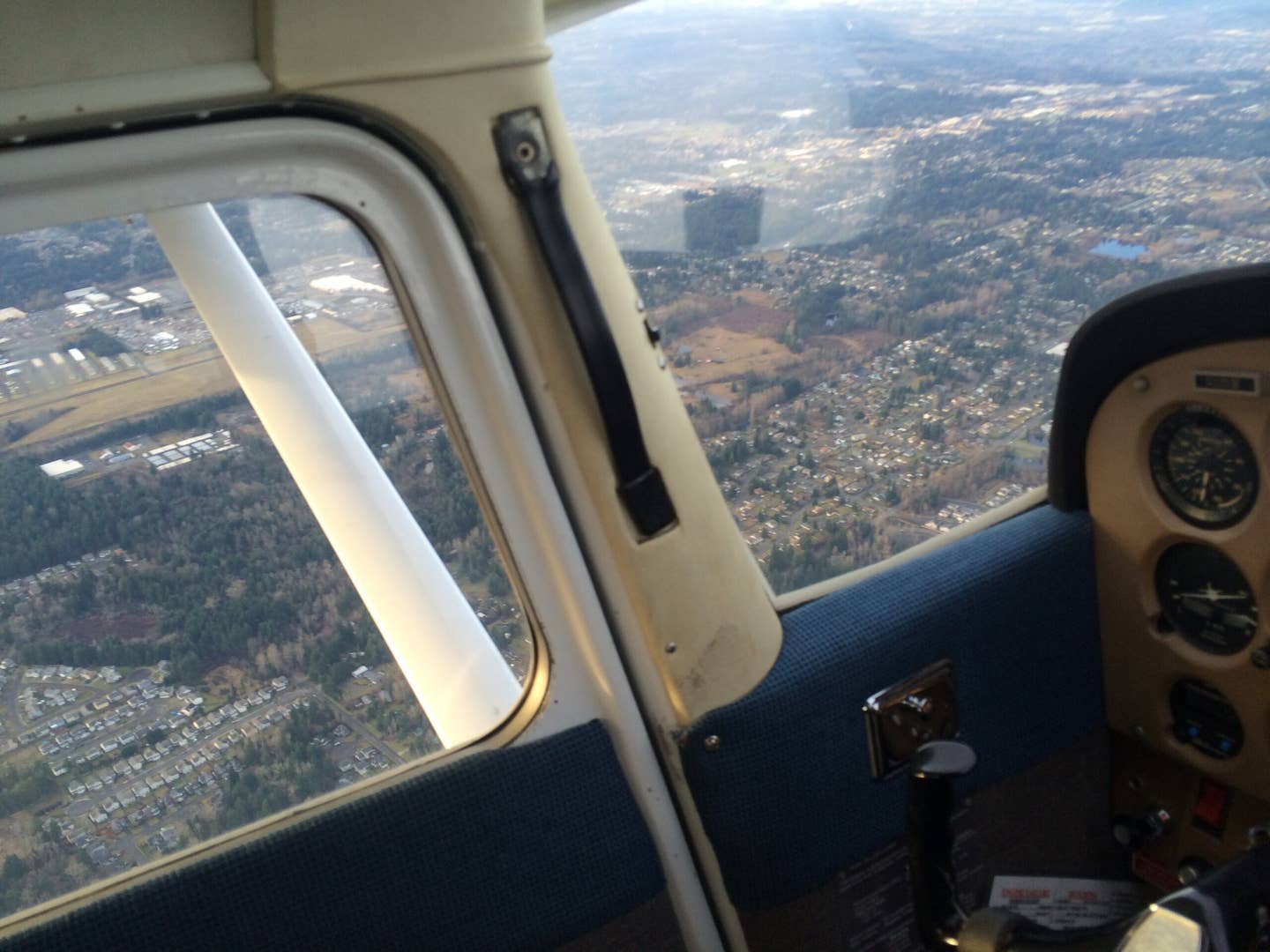Military Evacuates Aircraft Ahead of Hurricane Milton Landfall
U.S. Air Force and Navy relocate KC-135 Stratotankers and F-16 fighter jets that sit directly in the storm’s path.
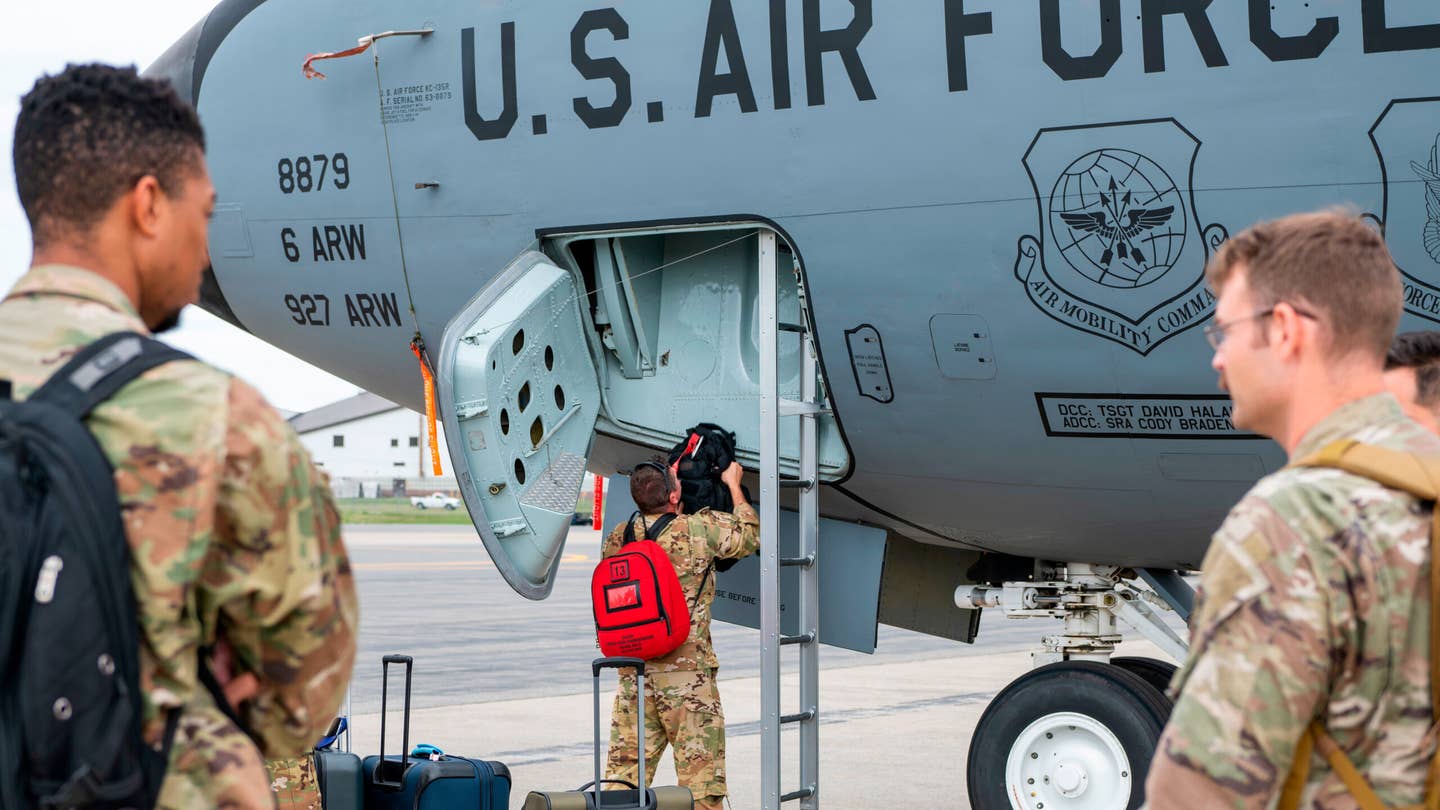
The U.S. Air Force is evacuating its fleet of KC-135 Stratotankers from MacDill Air Force base in Tampa, Florida. [Courtesy: Senior Airman Hiram Martinez/U.S. Air Force]
The U.S. Air Force and Navy are preparing for the impending Hurricane Milton by relocating essential aircraft.
Personnel at MacDill Air Force Base (KMCF) in Tampa, Florida, closed the base to all nonessential personnel on Tuesday and have begun evacuating aircraft for the second time in as many weeks following Hurricane Helene. The base avoided the worst of Helene but sits in the middle of Tampa Bay, directly in Milton’s projected path. It is also home to the U.S. Central Command and U.S. Special Operations Command.
According to an Air Force spokeswoman, MacDill’s 6th Refueling Wing this week relocated 12 KC-135 Stratotankers to McConnell Air Force Base (KIAB) in Kansas, just two days after the aircraft returned home. The spokeswoman also said that the 482nd Fighter Wing at Homestead Air Reserve Base (KHST) near Miami has begun relocating seven F-16 fighters to San Antonio.
The U.S. Navy and Space Force, meanwhile, are preparing to close bases across Florida and southeast Georgia. Navy officials told Military.com that aircraft will be evacuated from Naval Station Mayport off the coast of Jacksonville or hangared at the base.
Patrick Space Force Base near Cape Canaveral will close to nonessential personnel from Wednesday to Friday. Officials this week also postponed the launch of NASA and SpaceX’s Europa Clipper at nearby Kennedy Space Center. Milton is expected to hit the Space Coast after making landfall near Tampa.
The hurricane has also triggered airport closures across Florida and is expected to produce a potentially devastating storm surge.
As the military moves aircraft out of Milton’s path, the National Oceanic and Atmospheric Administration (NOAA) will continue to send its “hurricane hunters”—a pair of Lockheed WP-3Ds, or P-3s, affectionately dubbed "Kermit" and "Miss Piggy," and a Gulfstream IV-SP nicknamed "Gonzo"—into the eye of the storm to help predict its trajectory.
Like this story? We think you'll also like the Future of FLYING newsletter sent every Thursday afternoon. Sign up now.

Sign-up for newsletters & special offers!
Get the latest FLYING stories & special offers delivered directly to your inbox

